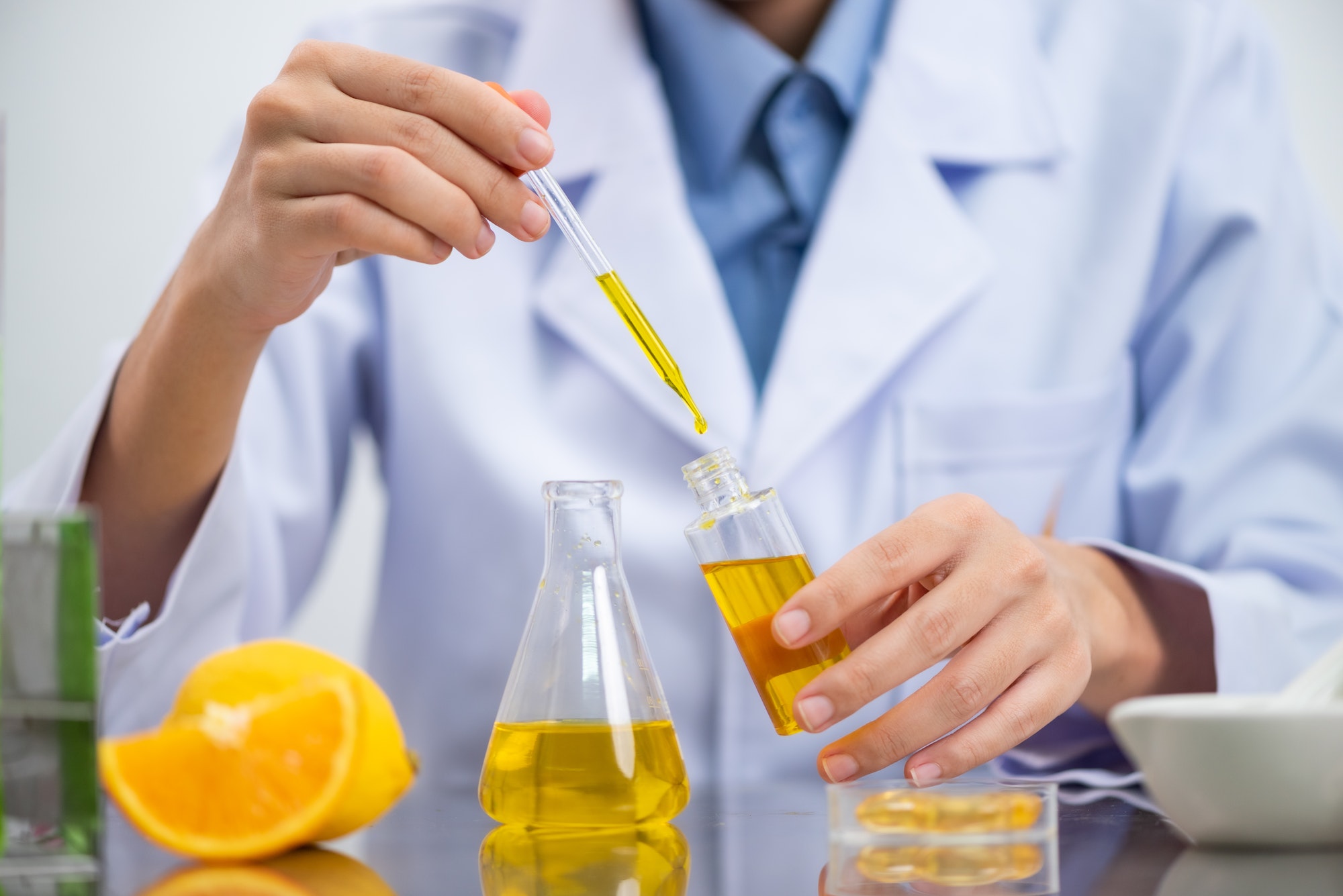Microalgae have gained significant attention in recent years as a promising source of renewable energy. They can produce high amounts of lipids, which can be converted into biodiesel and other biofuels, and their rapid growth rate allows for continuous and sustainable production. However, maximizing oil yield from microalgae remains a challenge, as it requires optimizing both the algae conversion process and the oil extraction methods.
Algae Conversion Process
The first step in maximizing oil yield from microalgae is selecting the right strain. Different microalgae species have varying lipid contents and growth rates, which can significantly influence the overall oil yield. Scientists are continuously exploring new strains with higher lipid content and faster growth rates, as well as genetically modifying existing strains to enhance their oil-producing capabilities.
Once an appropriate strain has been selected, optimizing growth conditions is crucial for maximizing lipid production. Factors such as temperature, light intensity, nutrient availability, and CO2 concentration can all influence the growth rate and lipid content of microalgae. By carefully controlling these parameters in a photobioreactor or an open pond system, it is possible to create an environment that promotes rapid lipid accumulation.
In addition to optimizing growth conditions, inducing stress in microalgae can also help increase their lipid content. For example, depriving microalgae of nitrogen or phosphorus can cause them to produce more lipids as a survival mechanism. However, this approach must be balanced with the need to maintain high biomass productivity since excessive stress can also inhibit growth.
Oil Extraction Methods
After cultivating microalgae with high lipid content, efficient oil extraction methods are necessary to maximize the overall yield. There are several extraction techniques available, each with its advantages and drawbacks:
- Mechanical Pressing: This method involves applying pressure to break the algal cells and release the oil. While mechanical pressing is relatively simple and low-cost, it may not be very efficient for extracting oil from microalgae with high water content or rigid cell walls.
- Solvent Extraction: In this approach, a solvent (typically hexane) is used to dissolve the lipids from the algal biomass. Solvent extraction can be highly efficient, but it may also require additional steps to remove the solvent from the oil and recover it for reuse.
- Supercritical Fluid Extraction: This technique involves using supercritical CO2 as a solvent to extract lipids from microalgae. Supercritical fluid extraction offers high efficiency and selectivity, and it does not leave any solvent residues in the oil. However, it can be more expensive and energy-intensive than other methods.
- Ultrasound-Assisted Extraction: This method uses ultrasound waves to break the algal cells and release the oil, which can then be separated using a solvent or centrifugation. Ultrasound-assisted extraction can enhance the efficiency of other extraction methods, but it may also require specialized equipment and higher energy input.
- Microwave-Assisted Extraction: Like ultrasound-assisted extraction, microwave-assisted extraction uses electromagnetic waves to break the algal cells and release the oil. This method can be faster and more energy-efficient than other techniques but may also require specialized equipment.
Algae Biofuel Production
After extracting oil from microalgae, it can be converted into biodiesel through a process called transesterification. This involves reacting the oil with an alcohol (usually methanol) in the presence of a catalyst to produce fatty acid methyl esters (FAMEs), which can be used as a direct substitute for conventional diesel fuel.
Maximizing oil yield from microalgae is critical for making algae biofuel production economically viable and environmentally sustainable. By optimizing both the algae conversion process and the oil extraction methods, researchers and industry professionals can help unlock the full potential of microalgae as a renewable energy source.


